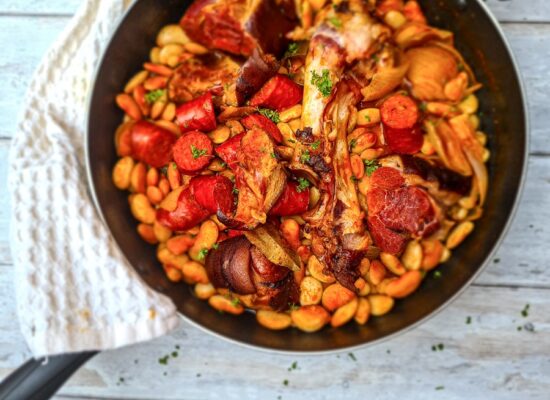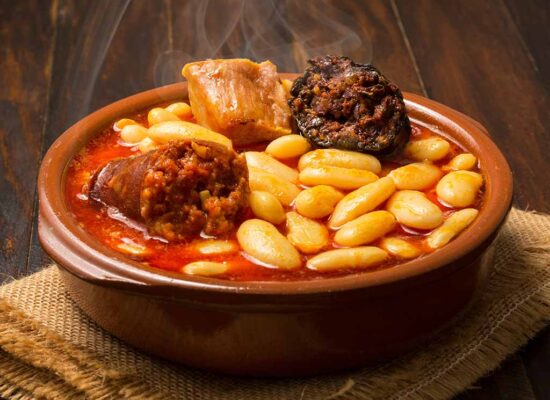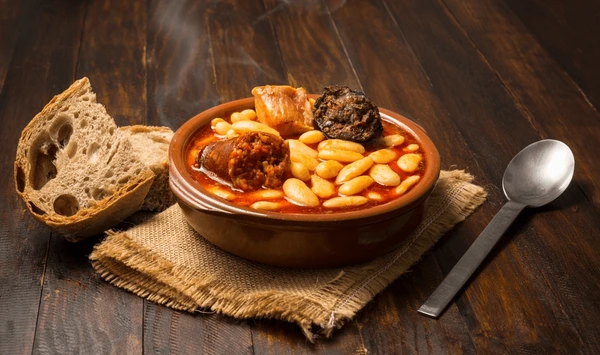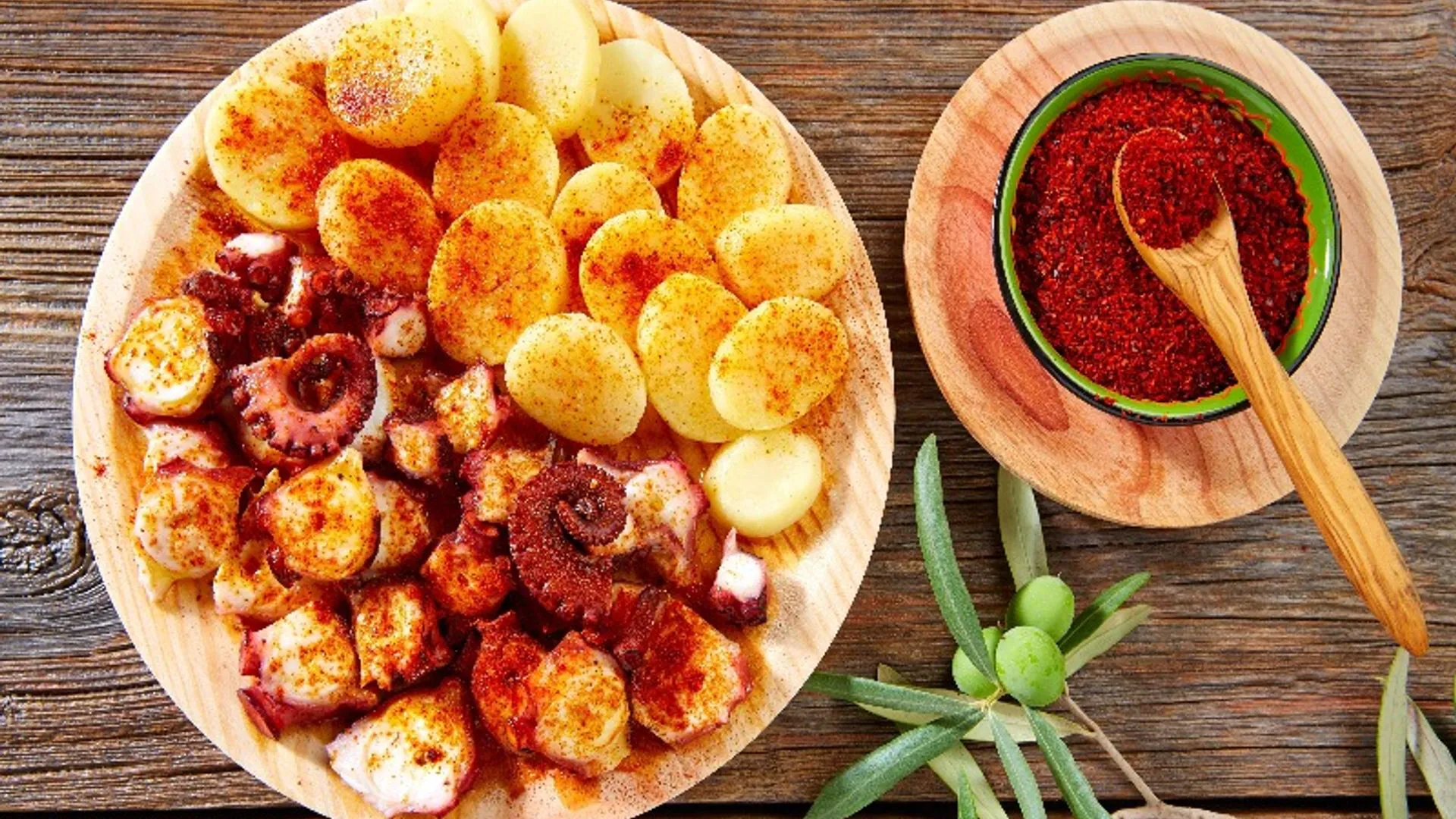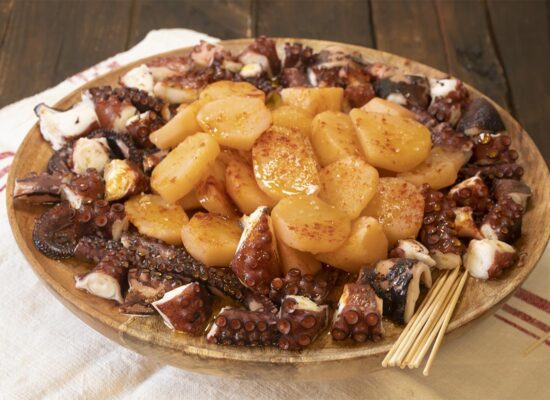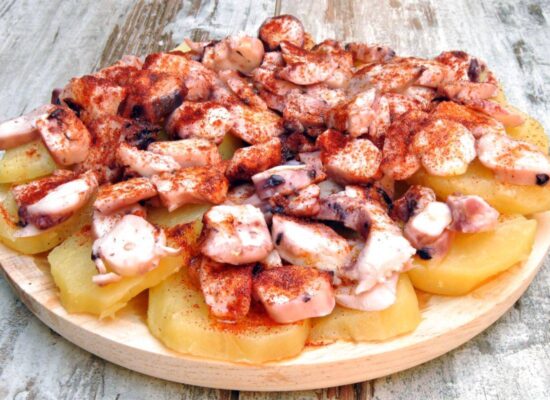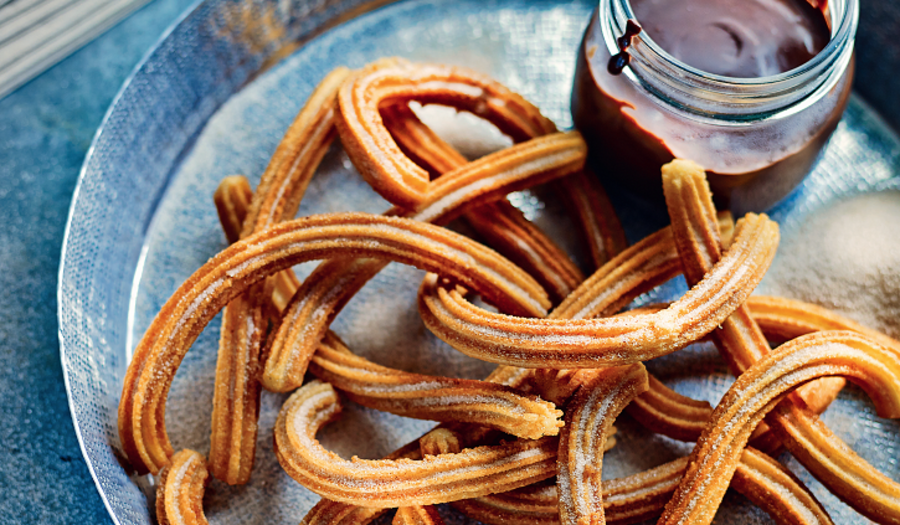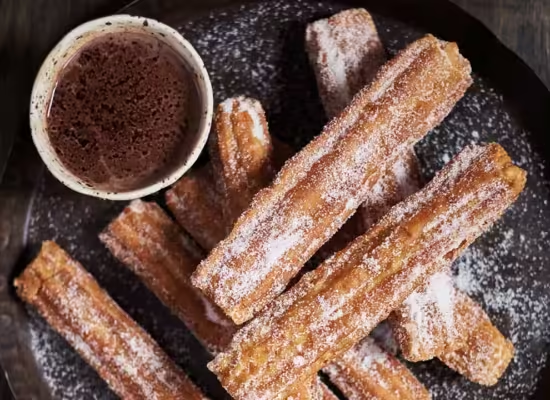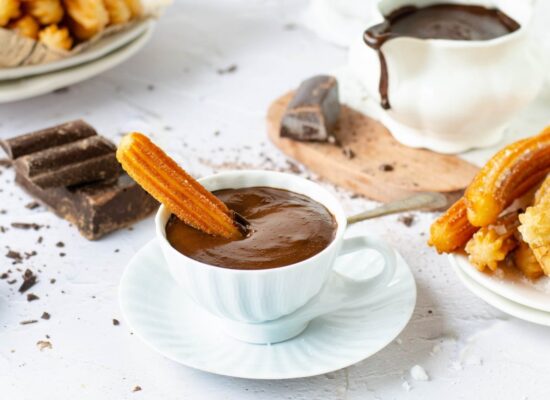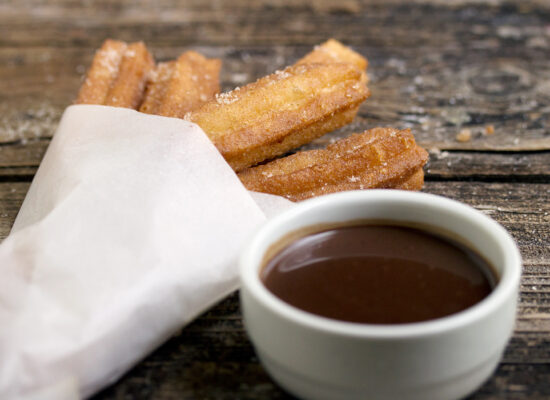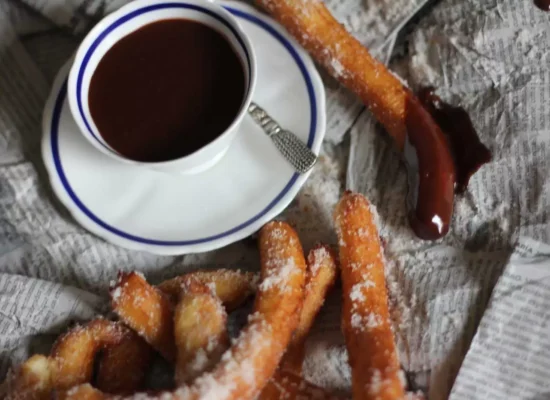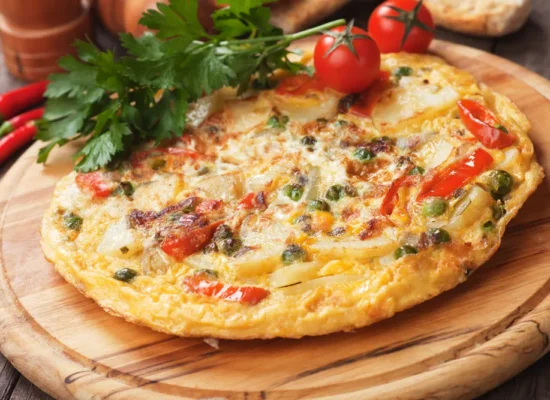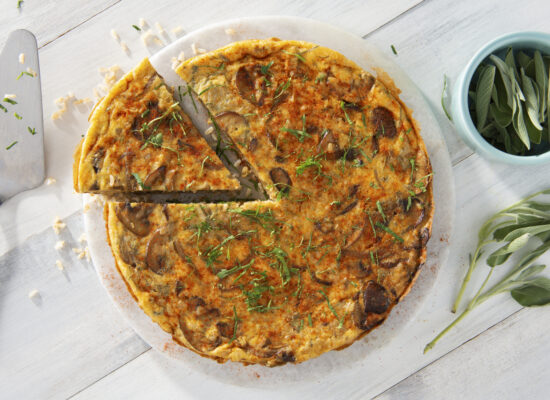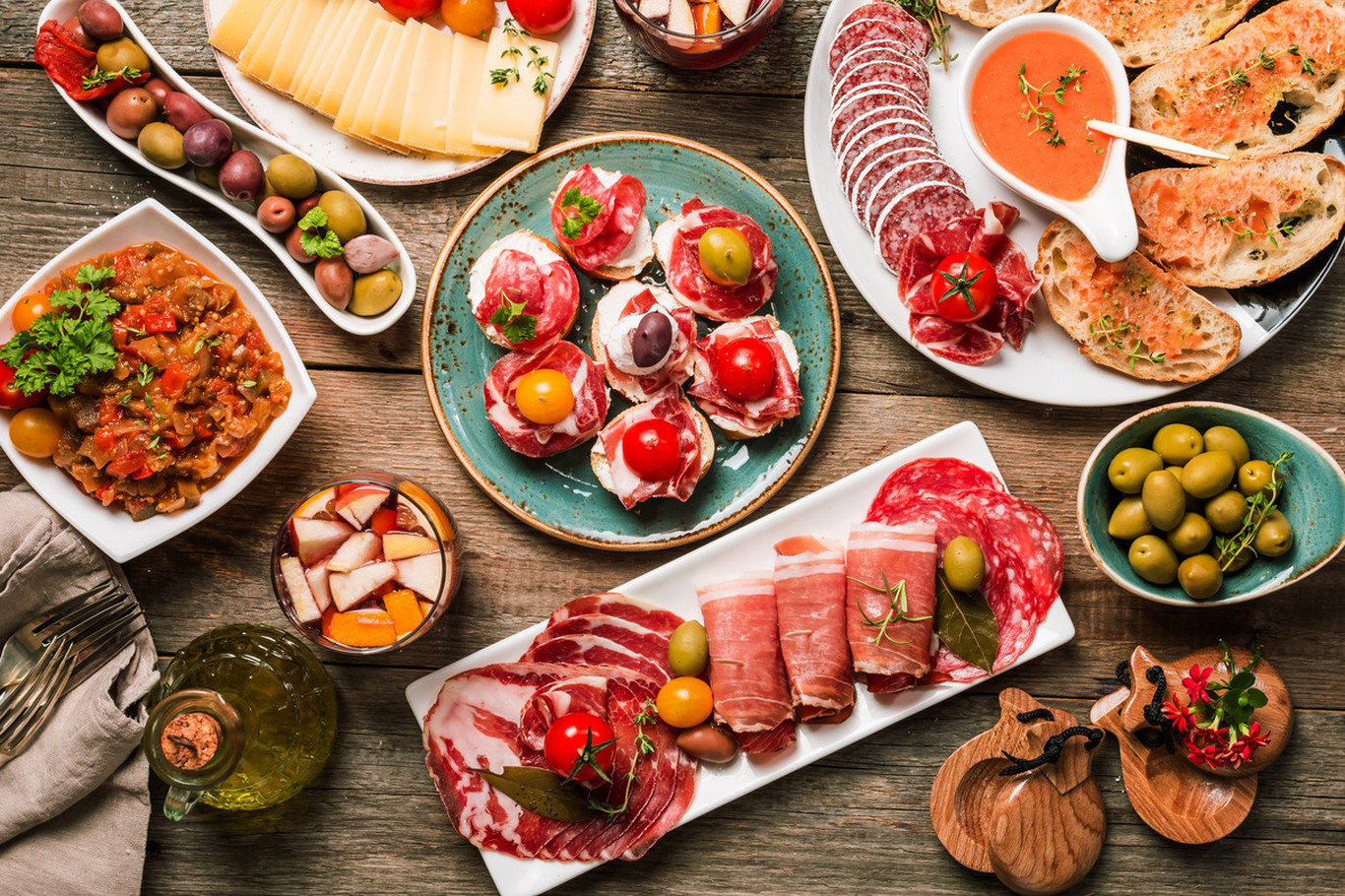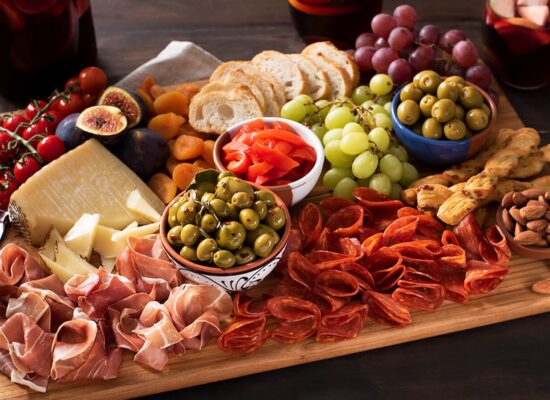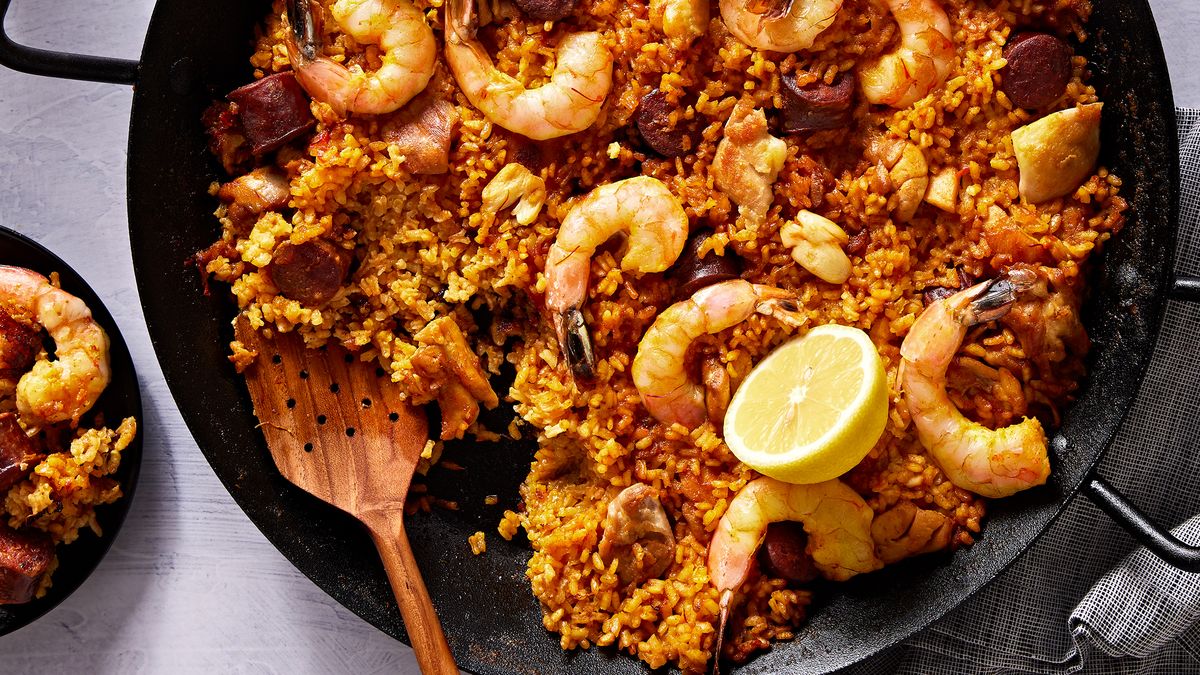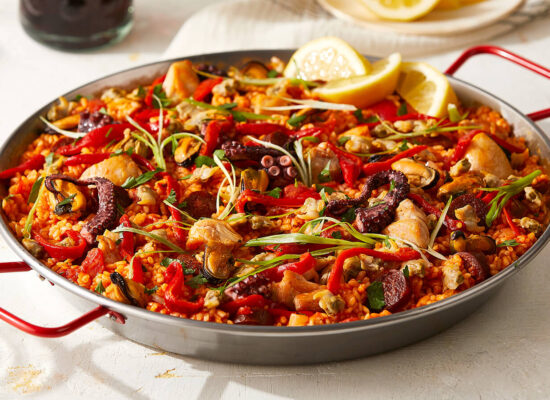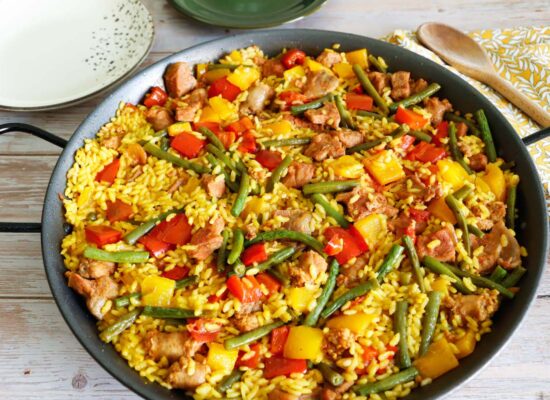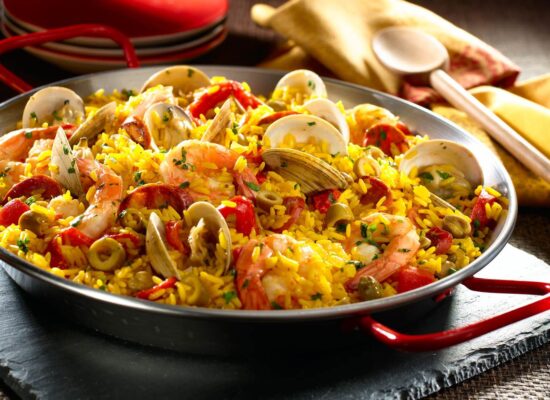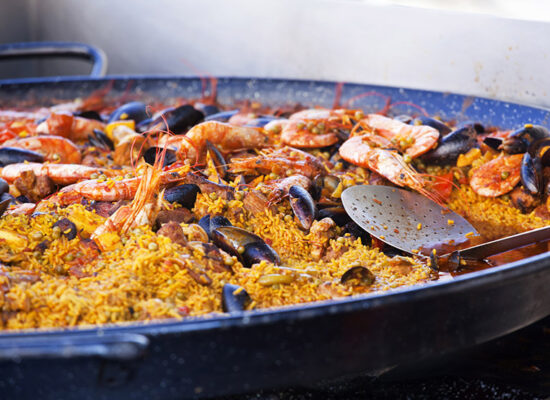Fabada Asturiana: A Traditional Spanish Stew from Asturias
Fabada Asturiana is a rich and hearty Spanish bean stew from the Asturias region, known for its deep flavors and satisfying texture. This traditional dish combines large white beans with a variety of meats like chorizo, morcilla (blood sausage), and pork, making it a substantial meal perfect for cold days or family gatherings. Here’s a detailed recipe to preparing Fabada Asturiana at home for six people, ensuring each spoonful carries the essence of Spain.
Ingredients:
- 1 pound dried large white beans (such as fabes de la Granja), soaked overnight
- 2 chorizo sausages
- 2 morcilla sausages (Spanish blood sausage)
- 1/2 pound pancetta or salt pork, cut into chunks
- 1 large onion, peeled and quartered
- 4 cloves garlic, peeled
- 2 bay leaves
- 1 teaspoon sweet paprika (pimentón dulce)
- 1/4 teaspoon saffron threads (optional)
- Salt, to taste
- Water
Instructions:
1. Prepare the Ingredients:
- Soak Beans: Drain and rinse the soaked beans.
- Prepare Meats: If using salted pork, rinse it under cold water to remove excess salt.
2. Cook the Fabada:
- Combine Ingredients: In a large pot, add the beans, pancetta, chorizo, morcilla, onion, garlic, and bay leaves.
- Add Water: Cover with water, ensuring the ingredients are submerged by about 2 inches. Bring to a boil over medium-high heat.
- Skim Foam: Skim off any foam that rises to the surface.
- Simmer: Reduce the heat to low and simmer gently for about 2 hours, or until the beans are tender. Stir occasionally and add more water if necessary to keep the ingredients covered.
- Add Seasonings: About 30 minutes before the beans are done, add the paprika, saffron (if using), and salt to taste. Stir gently to avoid breaking the beans.
- Adjust Seasoning: Taste and adjust seasoning as needed.
3. Serve:
- Remove and Slice: Before serving, remove the sausages and pork pieces from the pot. Slice the chorizo, morcilla, and pancetta into bite-sized pieces.
- Plate: Serve the beans in bowls, topped with slices of the meats.
Tips:
- Cooking Time: The cooking time may vary depending on the type and freshness of the beans. Check for tenderness and adjust cooking time as needed.
- Saffron: Saffron adds a unique flavor and color, but it can be omitted if unavailable.
- Substitutions: If morcilla is not available, you can substitute with another type of sausage or omit it.
- Leftovers: Fabada Asturiana often tastes even better the next day as the flavors meld together.
Enjoy your homemade Fabada Asturiana. This dish not only fills the belly but also warms the heart, bringing a piece of Spanish tradition into your home. Whether serving it as a special weekend treat or a part of a festive meal, Fabada Asturiana promises to be a memorable and enjoyable experience for all.
